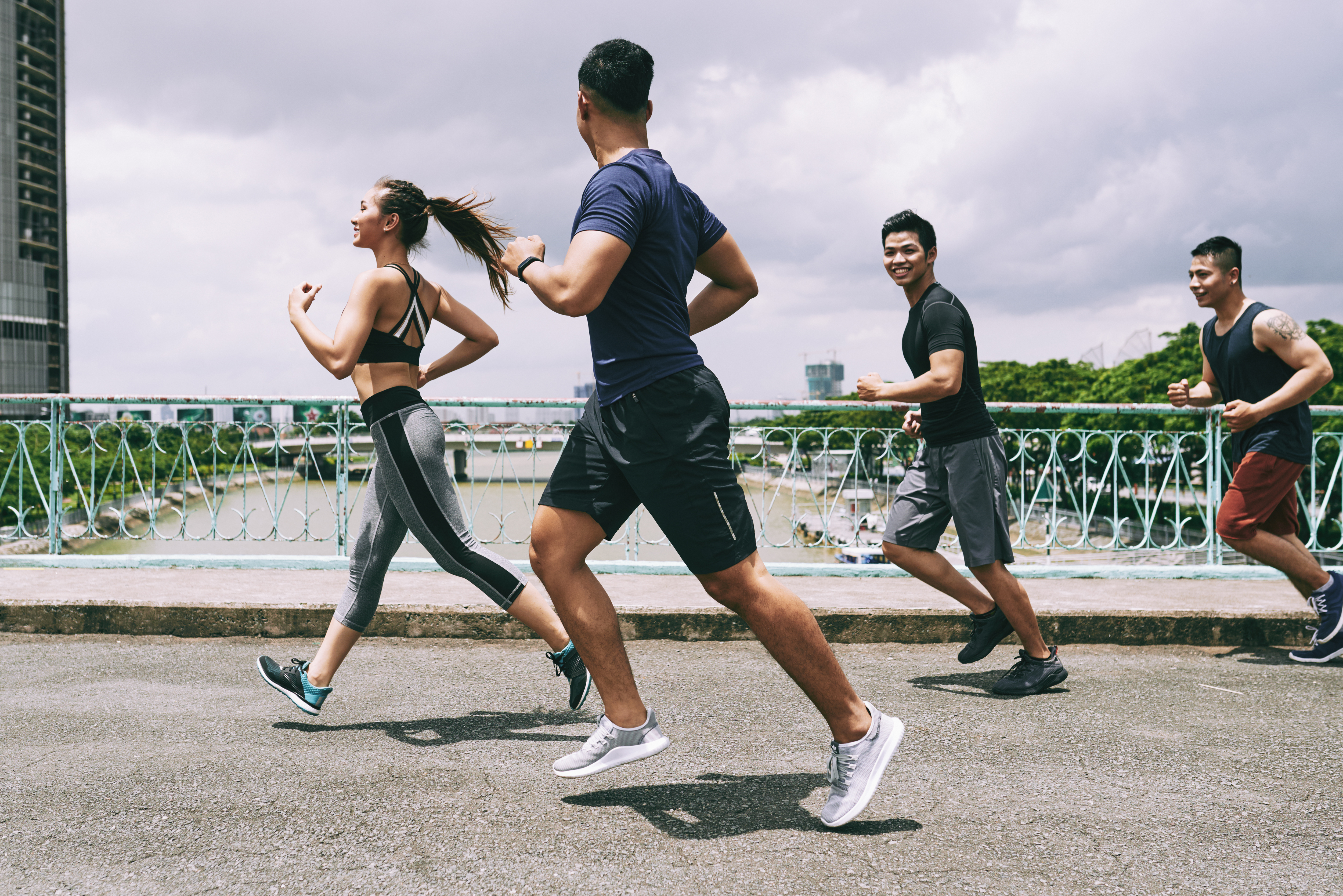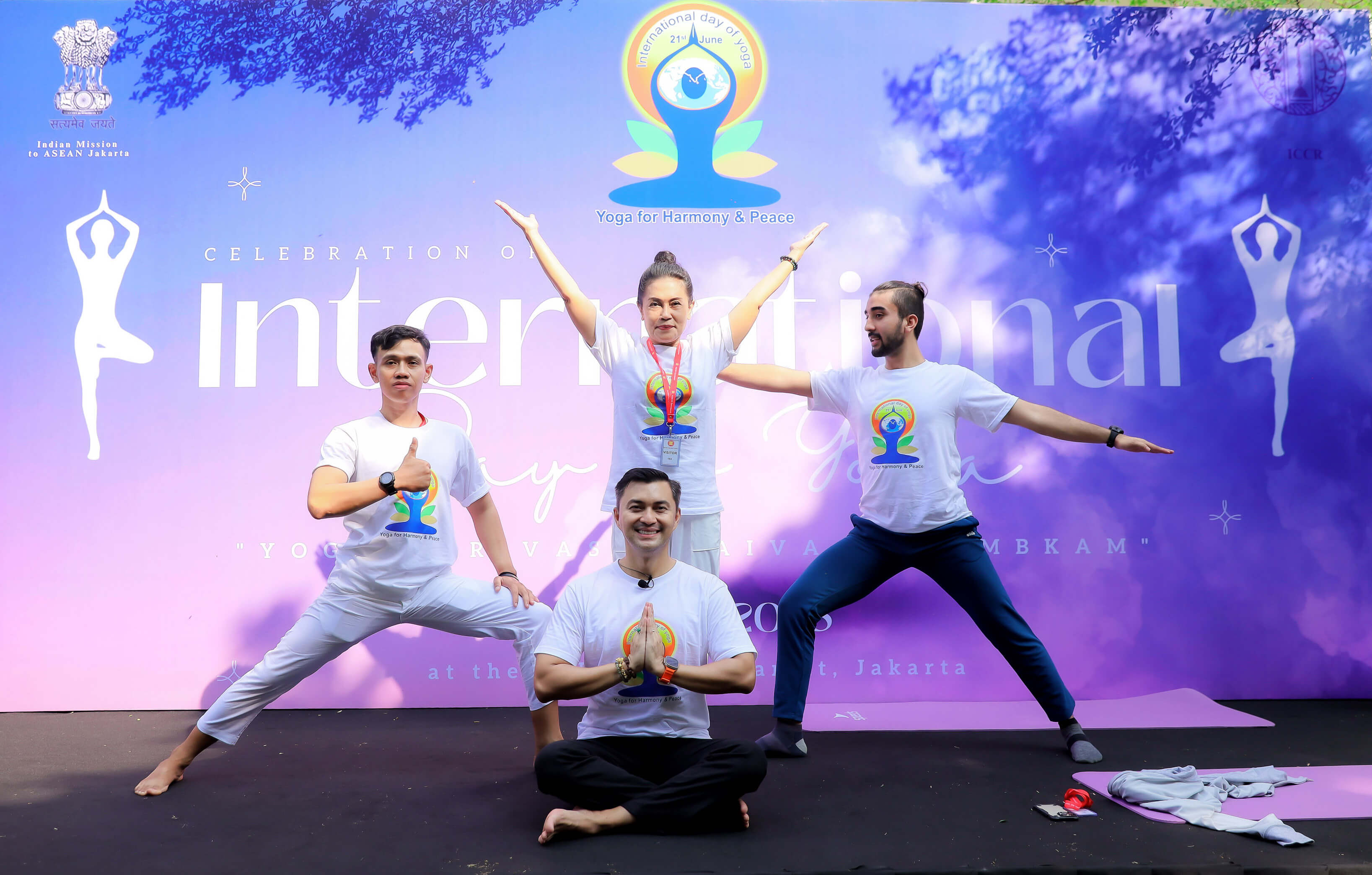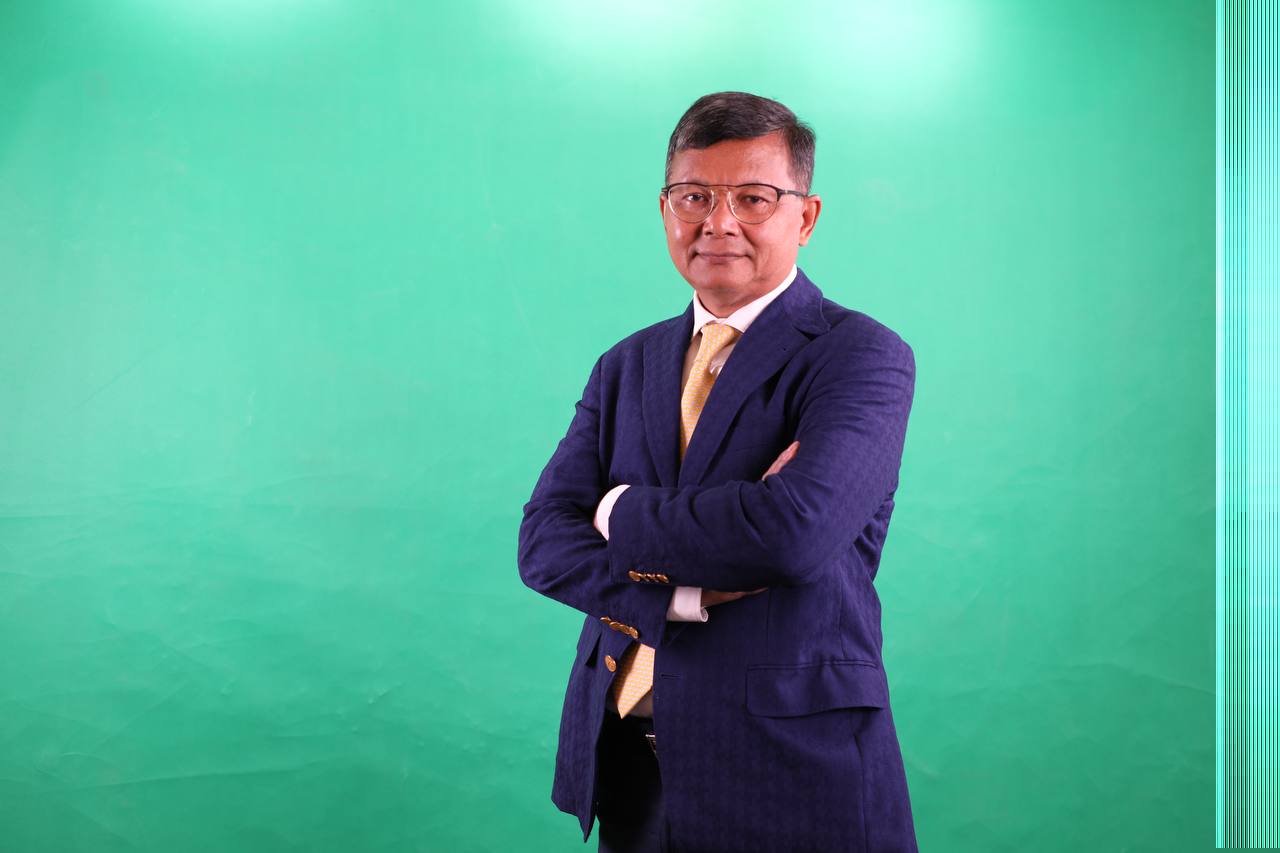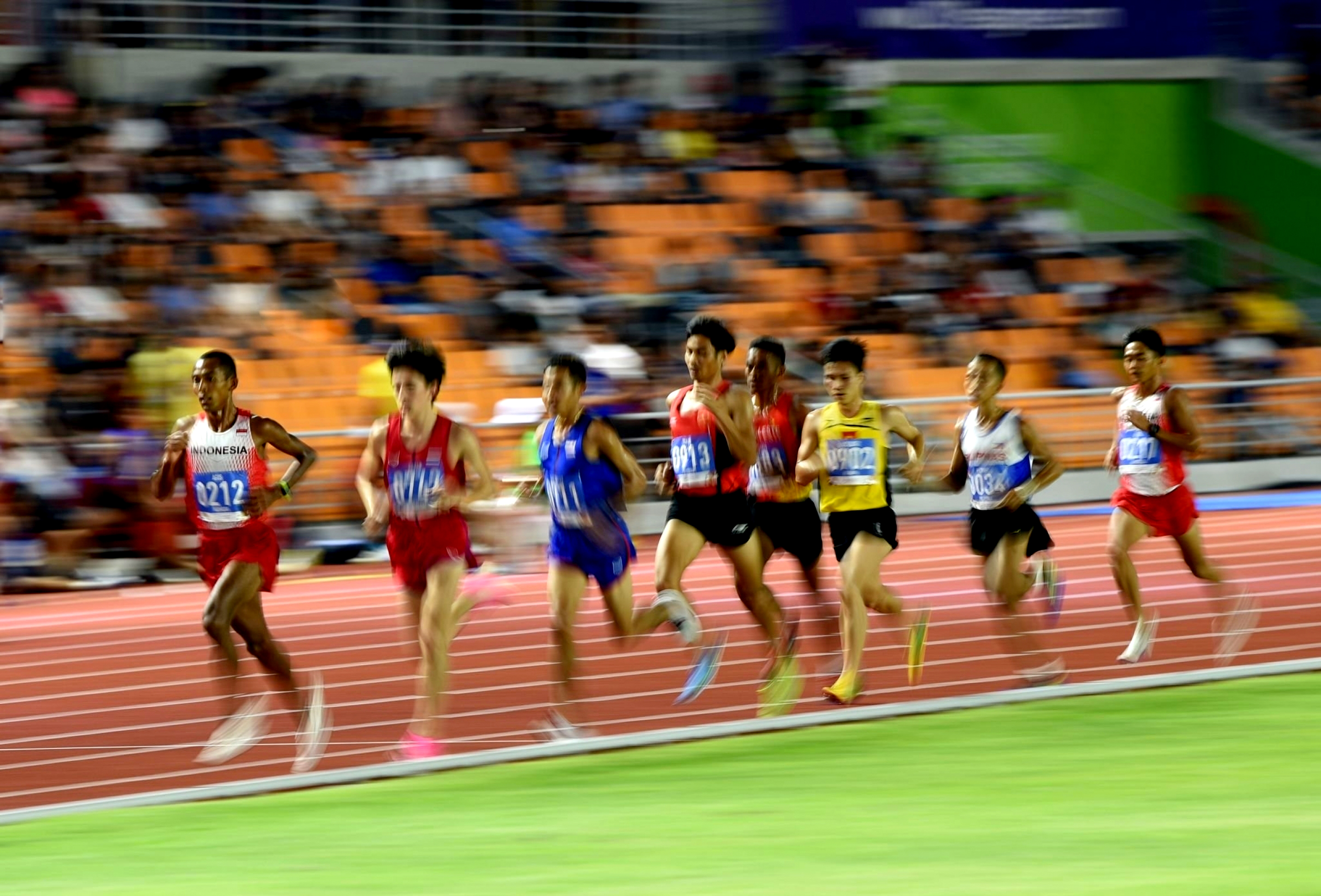





Physical activity undertaken through travel, work, and leisure has significant mental and physical health benefits. According to the World Health Organization (WHO), people who are insufficiently active are at a higher risk of death by 20-30 per cent compared to those who are active. Active adults are those with 150+ minutes of moderate-intensity equivalent activity per week and youth with at least 60+ minutes of moderate-intensity equivalent activity per day.
Yet, despite the benefits, a considerable proportion of the population remains insufficiently active, highlighting the need to address inactivity and improve social, economic, and health outcomes.
The ASEAN Survey on Sports Participation was undertaken in 2021 across all ASEAN Member States to examine physical activity in the region and understand people’s motivations, behaviours, and barriers to physical activity. The regional survey assessed more than 15,000 respondents (over 1,500 in each Member State), and the results were analysed using the Active Citizens Worldwide (ACW) approach. COVID-19 restrictions may have affected the respondents’ answers, but insights from the report still provide baseline indicators of the issues involved and opportunities for interventions.
The results demonstrate a significant opportunity to improve activity behaviours within the region where only 65 per cent of the population is considered active. The research indicates a gender gap with 10 per cent fewer women meeting activity requirements. This gap is even higher in smaller cities. The research also notes lower activity rates among the youth, with only 35 per cent active, and seniors, with only 55 per cent active.
Low rates of activity were recorded even if 80 per cent of the respondents enjoyed taking part in an exercise or sport, 77 per cent believed they should be doing more activity, 89 per cent was motivated by the physical health benefits, and 72 per cent was motivated by the mental health benefits. These figures demonstrate a disconnect between people’s awareness and intentions versus their actual behaviour. The finding presents a key public policy concern given the risks and societal impacts from inactivity.
The study also found additional themes throughout ASEAN:
- Barriers: Twenty-nine per cent of the respondents cite the lack of time as a barrier, while 23 per cent said it was the lack of facilities;
- Gender gaps: The gender gap was particularly pronounced in participation in team sports with almost one in five women partaking in team sports versus more than half of men;
- Team sport: Youth that participate in both individual and team sports are more active than those who participate in just individual activities or just team sports;
- Lifetime behaviour: Active youth, and those that are encouraged by others or that have active families, are noticeably more active later in life;
- Social interaction: Over three in five take part in an activity with other people, however this rate declines with age, particularly among men. There is a divergence between seniors wanting to be active with others, but fewer actually doing so, highlighting social considerations in physical activity;
- COVID-19 impact: COVID-19 had a significant impact on activity with nearly one in two doing less activity, with youth being the most affected;
- Community spirit: Sport is a great source of community development and pride with 80 per cent believing that sport can bring different social groups together; and
- Active travel: Active travel is an important contributor to activity rates, with over a third of adults in larger cities meeting physical activity requirements through active travel alone. This contrasts to smaller cities where no more than 15 per cent of any age group met the requirements purely through active travel.
Some considerations for ASEAN Member States to improve physical activity:
- Communication needs to be enhanced to provide people with a better understanding of health benefits and opportunities for physical activity
- Solutions are required to fit activities around the schedules of people with time constraints to undertake physical activity
- Physical activities provide social benefits, but this interaction sometimes needs to be fostered. Those who are encouraged to be active by others are much more likely to be active, yet a large proportion of people undertake activity alone despite preferences
- Targeted programmes are needed to close the persistent gender gap in activity rates and encourage women into activities (particularly team sports) that fit into their lifestyles
- Sporting federations should be encouraged to develop programmes for specific demographics, particularly those that are underrepresented (such as women and seniors), to aid in activity development
- An engagement strategy for youth participation in activities is needed to ensure positive lifetime behaviours, including taking a holistic approach to physical wellbeing
- Facilities are an important enabler for physical activity rates, however, there needs to be understanding of demand and utilisation, and subsequent investment, to ensure people feel they have access to safe, affordable, and fit-for-purpose facilities nearby to satisfy their activity requirements
- Active travel should be encouraged and facilitated as a key driver for physical activity, with infrastructure developed appropriately (such as footpaths, bike paths, and end of trip facilities)
Thus, while there are positive foundational elements, there are also opportunities to improve physical activity rates across ASEAN through targeted interventions and cooperation.








